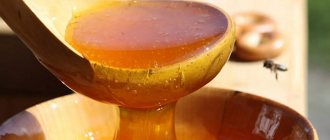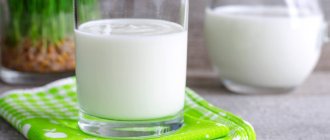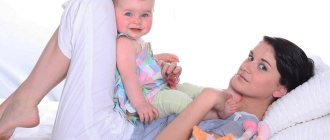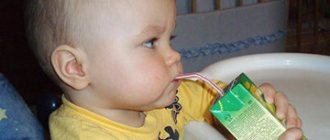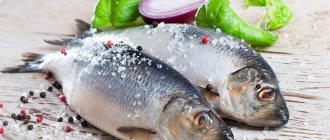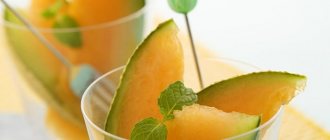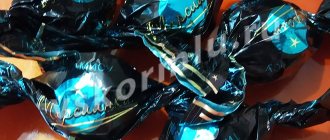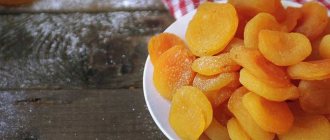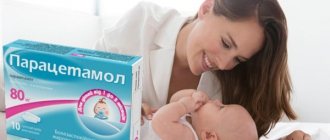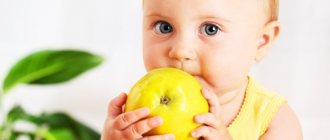How does No-shpa work?
No-shpa is a drug belonging to the group of antispasmodics with myotropic effects. The main active ingredient is drotaverine: it actively reduces human muscle tone and helps dilate blood vessels. Popular due to its long and strong antispasmodic effect on human organs and smooth muscles. No-spa effectively fights spasms and pain in the abdomen, head and during menstruation.
No-spa is sold without a prescription in the form:
- tablets;
- capsules;
- solution in ampoules for intravenous or intramuscular administration.
Indications for use
No-spa is usually prescribed for:
- relief of painful spasms in the head and during menstruation in women;
- relief of muscle spasm of internal organs in diseases: intestines, gall and bladder, kidneys;
- in gynecology to reduce spasms in the uterus after childbirth;
- pain due to renal and intestinal colic, cystitis and cholecystitis;
- sometimes for hypertension to lower blood pressure.
After childbirth, a woman often experiences cramps in the lower abdomen as the uterus contracts and shrinks. In addition, headaches may bother you. At the same time, women often use No-shpa to relieve symptoms. Whether or not to use No-shpa during this period should be decided solely by the doctor.
Analogues of No-shpa
Drotaverine is produced worldwide by more than fifty brands. Today in Russian pharmacies you can find the following direct analogues of No-Shpa, the active ingredient of which is drotaverine:
- Doverin;
- Drotaverine;
- Spasmonet.
When choosing an antispasmodic, you should try to avoid counterfeits. It is better to use well-researched brands. Among them, No-Shpa undoubtedly occupies one of the first places.
Table: manufacturers and prices of No-Shpa and its direct analogues in Russia
| No-Shpa | Doverin | Drotaverine | Spasmonet | |
| Manufacturers | Pharmaceutical, Hungary. | Anzhero-Sudzhensky Chemical Plant, Russia. |
| KRKA, Slovenia. |
| price, rub. | From 130 for 24 tablets (40 mg). | From 80 for 24 tablets (40 mg). | From 44 for 50 tablets (40 mg). | From 79 for 20 tablets (40 mg). |
Photo gallery: direct analogues of No-Shpa in Russia
Doverine is a complete analogue of Russian-made No-shpa. On the Russian market you can buy Drotaverine, produced by different manufacturers. Spazmonet is produced by the international pharmaceutical company KRKA (Slovenia)
A nursing woman may experience hypersensitivity to the drug. Also, for some reason, the medicine may not be effective. In such cases, it can be replaced with antispasmodics such as Papaverine and Mebeverine (Niaspam, Duspatalin). The first is a precursor to Drotaverine, and therefore less effective. Mebeverine has almost no contraindications and causes fewer adverse reactions. But the therapeutic effect from it is also significantly less than from No-Shpa. Papaverine and Mebeverine are also included in the list of vital drugs in the Russian Federation. There, these antispasmodics are placed in the group of drugs for the treatment of functional disorders of the gastrointestinal tract.
Table: antispasmodics approved for use during lactation
| Papaverine | Niaspam | Duspatalin | |
| Active substance | Papaverine. | Mebeverine | Mebeverine |
| Indications for use |
| Spasms of the gastrointestinal tract. |
|
| Restrictions on use |
| Hypersensitivity to the components of the drug. | Hypersensitivity to the drug. |
| Adverse reactions |
| Skin allergic reactions. |
|
| price, rub. | From 14 for 10 tablets (40 mg). | From 410 for 30 capsules (200 mg). | From 650 for 50 tablets (135 mg). |
Photo gallery: antispasmodics during breastfeeding
Papaverine is the predecessor of Drotaverine, but continues to be used today Niaspam is a direct analogue of Mebeverine and is produced in India Duspatalin is a direct analogue of Mebeverine, produced in the USA
No-spa during breastfeeding: is it possible or not?
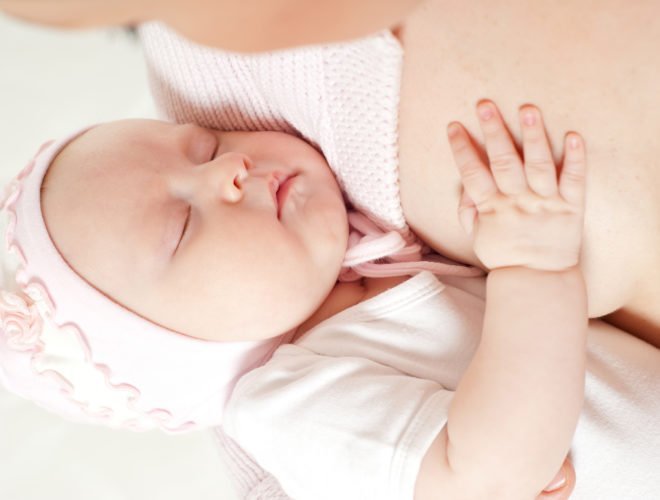
No-spa is a pharmaceutical medicine with clinically proven effectiveness. Laboratory tests and tests have shown that among the existing antispasmodics, No-shpa is one of the safest medications.
But the use of the drug during breastfeeding has not been studied enough. According to the official instructions, No-shpa does not have safe properties for a nursing mother - this is not the best option as a pain reliever, however, attending physicians and gynecologists often prescribe this drug to women during lactation.
Drostaverine belongs to unclassified (potentially dangerous, insufficiently studied) drugs [2].
Effect of the drug on the child and lactation
Independent medical research college and hospital named after. R. G. Kar, Calcutta showed that drotaverine during pregnancy does not have a toxic effect on the embryo and does not cause pathologies or developmental abnormalities. It is a safe drug for both mother and child [1]. However, there is no reliable clinical data on the effect of the drug on the intensity of milk secretion, its quality, as well as on the safety of use during lactation.
The Association of Breastfeeding Consultants is of the opinion that there is a possibility that drotaverine passes into breast milk. With a one-time dose, No-Spa will probably not cause harm to health, but for long-term therapy, it is better for a woman to choose a safer drug.
5 rules for using No-shpa for a nursing mother
Recommendations for natural feeding will help reduce the risk of undesirable effects from the use of No-shpa and minimize the effect of drotaverine on the child’s body:
- A one-time dose of No-shpa is safe if used for no more than three days. Course therapy is possible only in agreement with a gynecologist and pediatrician.
- There must be strict adherence to the treatment regimen and dosage. According to the instructions for use, it is prohibited to take more than 6 tablets of No-shpa (240 mg of substance); you can take no more than 80 mg at a time.
- To avoid the drug passing into breast milk, if possible, do not breastfeed your baby. Resumption of feeding should begin after the drug has been completely removed from the body, that is, two to three days from the date of the last dose. To replace meals, use pure expressed milk.
- A less drastic way is to replace the breasts 10-12 hours after taking No-shpa. During this period, the concentration of the substance in milk will become much lower.
- You can use a more gentle analogue and not give up the natural nutrition of the newborn.
Is it possible to No-shpu while breastfeeding, the effect on the child
Unfortunately, despite the long history of Drotaverine, studies on compatibility with breastfeeding have not been conducted. This is indicated in the official instructions. The World Health Organization and the European e-Lactation Guide (https://www.e-lactancia.org/) do not provide information on this issue. But, according to the instructions, No-Shpu is allowed to be used with caution during pregnancy. According to the results of retrospective studies, Drotaverine does not have a toxic effect on the unborn child. In the leadership of Russian doctors O.I. Karpov and A.A. Zaitsev, as well as in the reference book of the American professor Thomas Hale, the compatibility of this antispasmodic with breastfeeding is indicated.
Side effects and contraindications
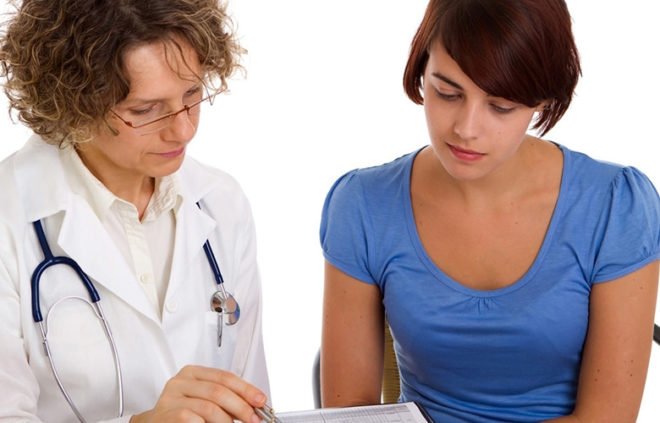
No-spa during lactation will be dangerous if the patient has the following diseases:
- individual intolerance and allergic reaction to drotaverine and other components;
- the inability of the body to process galactose;
- severe diseases of the heart, kidneys and liver;
- diagnosis associated with problems with absorption of glucose and galactose.
No-spa should be used sparingly for low blood pressure, during pregnancy and during breastfeeding.
Possible side effects
The use of drotaverine may cause side effects:
- headaches and poor sleep;
- blood pressure surges;
- reaction from the stomach in the form of nausea;
- delayed bowel movements, constipation or diarrhea;
- allergies, swelling and skin reactions.
A nursing mother should carefully monitor her body’s reaction after taking the medicine. If the above symptoms appear, you should immediately seek medical help.
How to use
It is optimal if the doctor determines whether breastfeeding is possible in each specific case. The maximum daily dose should not exceed 240 mg. The main dosage regimens may be as follows:
- 1 or 2 tablets of 40 mg for two or even three doses.
- If the capsules are 80 mg, then their quantity and frequency of administration should be reduced exactly by half and not exceed the permissible dose.
- If there is no noticeable improvement within two to three days, it is better to seek medical help.
Watch the video about the drug:
Analogues of No-shpa when feeding a child
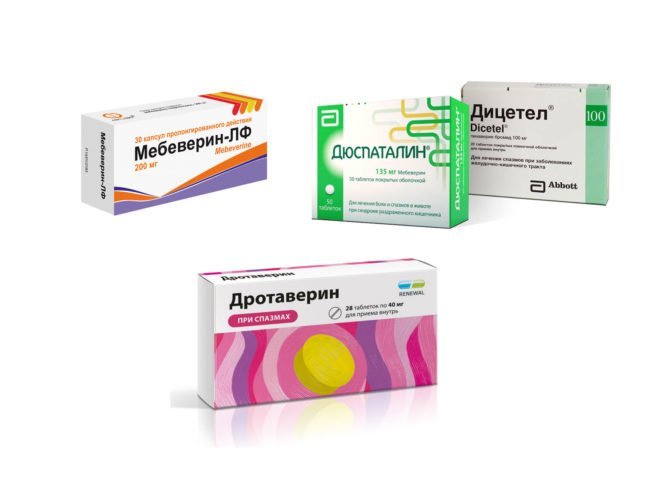
After talking with your doctor, you can choose a more harmless analogue with fewer side effects. Options for replacing No-shpa when feeding a child can be drugs based on mebeverine (Mebeverine, Duspatalin) and pinaverium bromide (Dicetel). A direct analogue is Drotaverine.
Characteristics of Drotaverine:
- Available in the form of tablets and solution for injections;
- has contraindications and side effects similar to No-shpa;
- limited use in pregnant women and during breastfeeding.
Features of Duspatalin:
- active ingredient - mebeverine;
- side effects are very rare;
- Contraindications include severe sensitivity to the elements of the drug;
- In small dosages, mebeverine is not absorbed into breast milk; use during breastfeeding is not prohibited.
No-spa during breastfeeding: pros and cons during lactation, analogues are cheaper
After delivery, many women begin to experience pain in the lower abdomen and pelvic organs.
This can be explained by the fact that spastic contraction of the genital muscles occurs in this area. Spasms contribute to disruption of the outflow of blood from the birth canal, which often causes the development of septic complications.
It is No-shpa during breastfeeding that is considered an effective remedy suitable for such cases.
In addition, No-spa can have an analgesic effect during breastfeeding. Its effectiveness has been proven for headaches and abdominal discomfort. Still, despite the existing contraindications for use, there are not so many of them in comparison with other means. To avoid dangerous consequences in the form of side effects, read the instructions before using the drug.
pharmachologic effect
Among the main components of the product is drotaverine hydrochloride, an isoquinoline derivative. This substance is a strong antispasmodic and acts on the smooth muscles of the body.
The main active substance helps stimulate dehydration of muscle tissue, reducing the intensity of the inflammatory process. Due to the relaxation of smooth muscles, blood circulation in the internal organs improves . Drotaverine restores natural peristalsis in the digestive tract and helps eliminate pain in this area.
Thanks to long-term practice, I was able to study in detail the effectiveness of No-shpa on many patients, including women breastfeeding their babies.
No-spa during breastfeeding also helps to reduce the tone of the uterus , thereby causing it to contract faster and return to its natural state after childbirth.
The effect of the medicine is not long in coming: according to numerous data, a decrease in pain intensity occurred within 30 minutes after taking the pill.
There were also cases when it was necessary to take the drug in a course. For this period, breastfeeding was stopped, but upon completion of the course it was restored. Despite the effectiveness of the drug, it is still worth considering contraindications.
Release form
No-shpa is presented in the form of tablets that have a greenish or orange tint, and are round, biconvex in shape. They are engraved with “spa”.
Forms of release of the drug:
- blisters of 6 pieces per pack;
- blisters of 10 pieces per pack;
- blisters of 24 pieces per pack;
- in bottles of 60 pieces, which have a piece dispenser;
- in bottles of 100 pieces, which have a polyethylene stopper;
- in ampoules of 2 ml.
One tablet contains the active ingredient drotaverine in a volume of 80 mg. Among the auxiliary components, it is worth highlighting magnesium stearate (6 mg), talc (8 mg), povidone (12 mg), corn starch (70 mg), lactose monohydrate (104 mg).
One ampoule contains the main substance drotaverine in a volume of 40 mg. Among the excipients, it is worth highlighting such as sodium metabisulfite (E223), ethanol (E1510), and water for injection.
How to take No-shpa during lactation: safe dosage
I prescribe No-shpa to my patients, both during pregnancy and during breastfeeding. The drug acts quickly, especially when administered intravenously, thereby providing an analgesic effect.
Despite its high effectiveness, sometimes side effects occurred when taken orally - nausea; when taken intravenously - painful lumps at the injection site.
The drug copes well with discomfort caused by urinary tract diseases and gynecological pathologies. In addition, the medicine has a low cost and is accessible to every average person.
No-spa during breastfeeding is allowed to be taken both once and in a course. To determine the correct method of using a medicine, it is recommended to know the effect of its effect:
- If the tablet is taken once, the first positive changes in health occur after 20 minutes. The maximum amount of active substances in the body is observed 1 hour after taking the tablet. The concentration of drotaverine in the blood decreases after 3 hours. If it is necessary to take the drug during breastfeeding, this is done immediately after feeding in order to minimize the amount of active substances in the milk until the next lactation. How to restore lactation is the topic of this publication.
- If a medication is prescribed for course therapy while breastfeeding, you should stop lactation. After finishing treatment, you need to express milk for some time and under no circumstances give it to your baby.
Contraindications and side effects
Even despite the safety of using a product such as No-shpa when feeding a newborn, there are some contraindications to its use.
First of all, this is hypersensitivity to the active components, the development of renal, liver and heart failure.
Also, No-shpu is not used if hypotension develops (low blood pressure).
No-spa has proven itself well for many years when feeding a child. Serious adverse events were diagnosed in isolated cases. You should pay attention and visit your doctor if the following symptoms occur:
- increased heart rate;
- strong pressure drop;
- increased sweating;
- impaired coordination of movements;
- symptoms of an allergic reaction (skin itching, rash, etc.);
- nausea and vomiting syndrome;
- dizziness.
Feedback from nursing mothers
Irina, Moscow, 27 years old, daughter 3 months old
After giving birth, there were terrible aching pains that prevented me from enjoying the delights of motherhood. In addition, the child is breastfed and most medications cannot be taken.
The doctor prescribed No-shpa, which helped me get rid of discomfort. I used it according to the instructions, but always after breastfeeding. An effective product, I recommend it.
Ilona, Petrozavodsk, 23 years old, son 6 months old
After giving birth, cystitis began to bother me, which brought me pain. Turning to a specialist, he prescribed No-shpa.
Since my child was breastfed, I tried to abuse the pills less and took the drug as rarely as possible. The tablets relieve discomfort well. I am satisfied and now recommend them to my friends.
Dr. Komarovsky talks about the use of medications during pregnancy and breastfeeding:
Source: https://ipupsik.com/zhenskoe-zdorove/preparaty-pri-gv/no-shpa-pri-grudnom-vskarmlivanii.html
Folk remedies for cramps during lactation
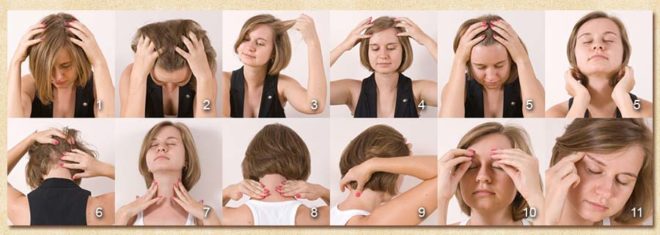
For irregular or mild pain, you can try safe folk remedies for cramps during breastfeeding . Self-massage of the temporal zone and neck using relaxing ointments helps. Traditional medicine also recommends:
- Make a head compress from mashed cabbage leaves.
- Healing herbs, infusions, and herbal teas help relieve tension. Sage, thyme, oregano, rose hips or mint leaves are effective. You can brew several types of herbs.
- Foot baths using the same herbs or essential oils can reduce pain. Alternating warm and cool foot baths also helps.
- Wet a cotton towel with cool water, wrap it around your head and lie down.
